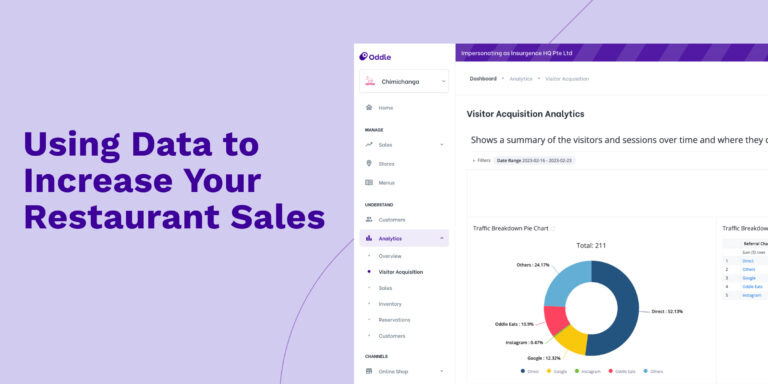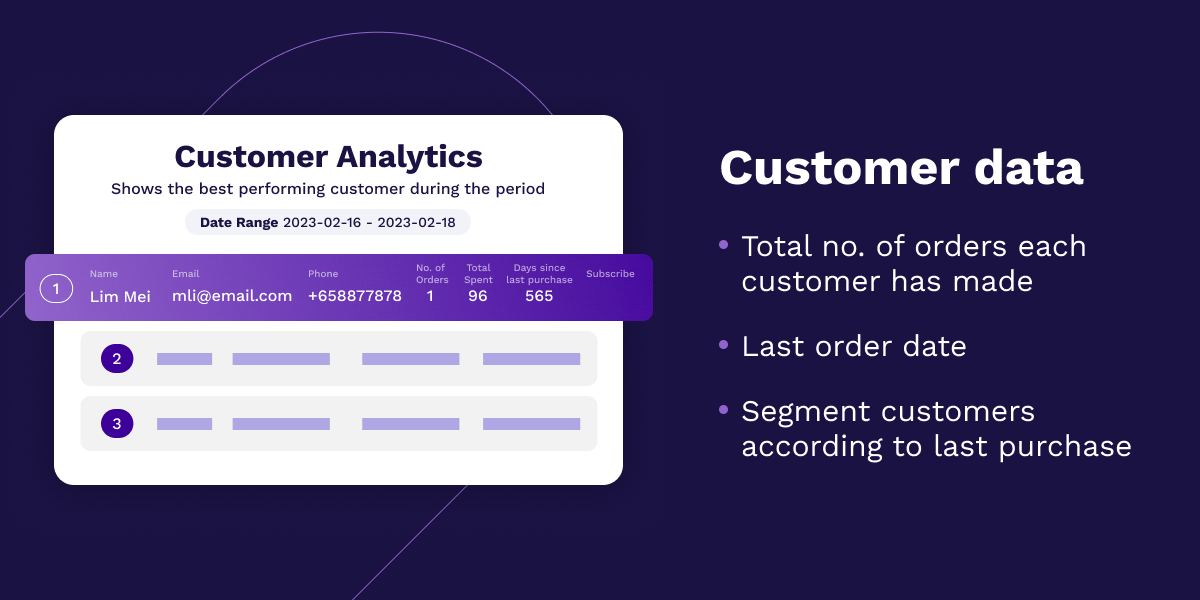How to Use Data Analytics for Restaurant Sales
Transform your restaurant data into actionable insights
The rapid digitalisation of the F&B industry during the pandemic has sent many restaurateurs and managers scrambling to adapt to new tools, from inventory management software to food costing systems.
Most of these providers tout data analysis as a benefit of their products, but this is only useful if F&B businesses understand what data they need and how to use them. We’re here to help you take the first step with a brief guide to data analytics for restaurants below.
Getting started with data collection
Collecting data is a matter of choosing the right digital solutions for your purposes. For example, a point-of-sales system can provide you with information on the number of products sold and the quantity typically purchased at one go. With such info, you can measure how well a product performs over time.
Other common digital solutions used include reservation, delivery & takeaway platforms. Having too many solution providers, however, can make data analysis a time-consuming chore. To avoid having to access and make sense of multiple data sets, it’s best to use a system that provides more than one tool.
With Oddle’s omnichannel suite, F&B owners can build their own white-label e-Shop, keep costs low with a free reservations platform, and improve the customer journey with payment terminals and QR ordering. Command an all-in-one view of your data across multiple sales channels on Oddle’s unified merchant dashboard.
Understand your customers better
In general, customer data can be collected through reservation and online ordering systems. Beyond details like names and numbers, most data analytics for restaurants would also include total number of orders each customer has made and their last purchase date.
Using this information, restaurant managers can reward frequent diners with exclusive promotions to foster brand loyalty, and re-target customers whose last purchase date was long ago. Besides running such specific campaigns, a restaurant can keep its customers engaged and keep their brand top-of-mind with regular e-newsletters informing them about new menu items and special events.
Identify cross-selling opportunities with sales data
Closely associated with customer data, your sales data is rich with information about consumer preferences and behaviour.
Having information about your best-selling and worst-performing items will allow you to optimise your menu accordingly. Promote your best-sellers to increase sales, and identify menu items that are commonly purchased together to create meal bundles or set menus. This encourages customers to spend more, increasing the average order value overall.
In-store, this data could also help your staff cross-sell or upsell items to diners by simply suggesting popular dishes or a dessert after meals.
Lower costs and prevent wastage with inventory data
More than monitoring inventory levels, your inventory data can help you forecast demand, especially helpful during peak periods. For dine-in outlets, this can be done by analysing historical data to gauge the volume of orders and number of staff needed on-hand to keep operations running smoothly.
If you’re running a delivery & takeaway business, your inventory data can also show the order quantity for each dish and the expected fulfillment date, helping you ensure your supply is adequate.
Similar to sales data, your inventory data can inform you about least popular items, or items that create the most wastage. Target these issues by changing your menu offerings or adjusting portion sizes.
Some items, like seasonal produce, have short shelf lives. Use this information, along with your customer and sales data, to drive interest in your seasonal dishes to increase sales.
Learn more about choosing the right digital solutions for your restaurant. Read about the 6 Must-Have Features of a Reservations Platform, or take a look at our comparison table of the best food delivery platforms.



